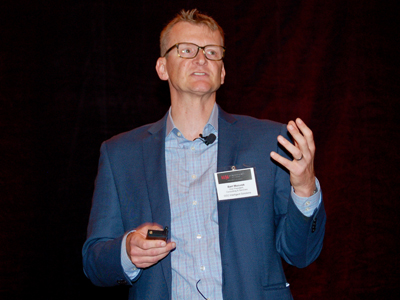There was even a bit steeper decline---about 38%---for non-drivable vehicles, down to 1.8 hours per day in 2022 from between 2.8 and 3 hours per day in 2017 through 2020.
Mazurek said some of that decline could be because of overloaded shops having to spend more time shuffling cars around, because of backlogs and part delays, rather than a technician working steadily on one or two cars start to finish. He doesn’t expect those factors to diminish before mid-2023 at the earliest.
Mazurek also said he has “a hypothesis that I can’t prove yet” that when shop backlogs of work were two weeks or less, “the competitive nature of technicians, working next to his or her peer, wants the next car,” seeing the potential end of the line of that work.
“But if you have five or six or seven weeks of vehicles stacked endlessly, it’s effectively guaranteed work forever,” Mazurek said. “So there’s no real rush. I’d love to be able to prove that, but I feel strongly that there’s this lack of urgency overall amongst technicians.”










John Yoswick